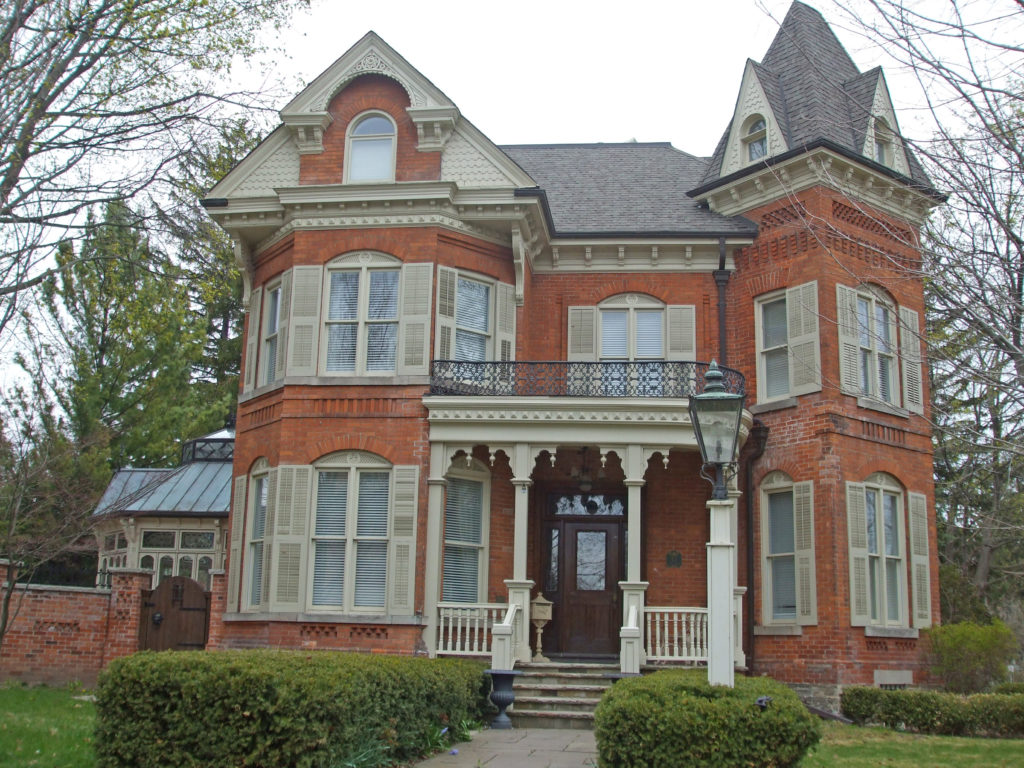Oakville is situated on Lake Ontario in southern Ontario. In 1793, Dundas Street was surveyed for a military road. By 1807, British immigrants settled the area around Dundas Street and on the shores of Lake Ontario.
In 1827, George Chalmers built a settlement with water-powered mills beside the Sixteen at the Dundas crossing. A small sawmill and gristmill were constructed on the valley bottom at the edge of a pond formed by a dam. In future years, a church, school, ashery, blacksmith shop, distillery, and tavern provided services to the local farmers. The village continued to prosper with the addition of a tannery, carding mill and steam stave mill until the coming of the railroad to Oakville in 1855.
William Chisholm, Oakville’s founder, was born to United Empire Loyalist parents in Shelburne, Nova Scotia in 1788. After moving to Burlington, Upper Canada, Chisholm fought in the War of 1812, entered politics and tried his hand at farming.
As the village prospered and grew, roads and ships were built to connect it with the rest of Upper Canada. The area was developed by his son, Robert Kerr Chisholm and his brother-in-law Thomas Merrick.
Water transport moved the region’s timber and grain and also its people. The two hour steamboat trip from York to Oakville was faster than the six-hour stagecoach trip and far more comfortable.
Although the bulk of the town and early development was on the east bank of the Sixteen, from the start the major industries were located on the west side. It was usual for the workers in the shipyards, brewery, sawmill, and tannery to live there too. Oakville’s first industries included shipbuilding, timber shipment, and wheat farming. The town became industrialized with the opening of oil refineries, and Procor (manufactured railway shipping cars), and the establishment of the Ford Motor Company’s Canadian headquarters and plant.








